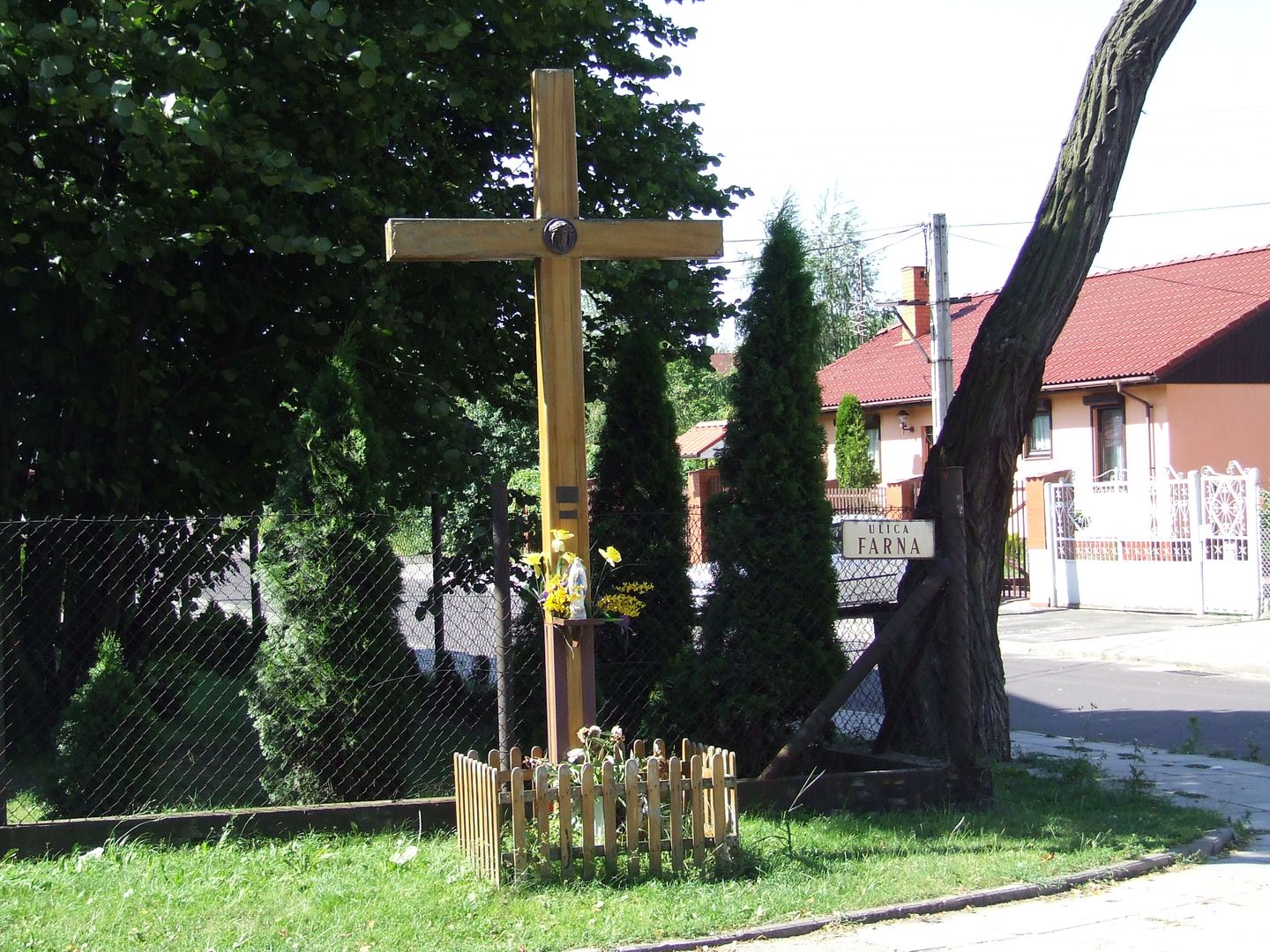Ruda Pabianicka
6.94

Overview
Ruda Pabianicka, located in the southern part of Łódź, is a place with a rich history dating back to the Middle Ages, when it was a metallurgical settlement known for extracting bog iron ore. Over the centuries, Ruda was associated with various cultures, including German and Jewish settlements, which influenced its heritage. The town gained city rights in 1923, and its development was accelerated by the construction of a tram line to Pabianice at the beginning of the 20th century. Ruda was known as "Little Berlin" due to its large German community. During the interwar period, it developed industrially at a dynamic pace, attracting new residents. The architecture of Ruda Pabianicka includes historic villas, factories, and urban infrastructure, including churches that form an integral part of the local culture. Among its attractions is Stefański Pond, a popular recreational spot, as well as Ruda Hill, which hosted numerous sporting events such as horse races. During World War II, Ruda was incorporated into Litzmannstadt as Erzhausen, bringing changes to the local administration and community. After the war, the town became part of Łódź. Today, Ruda Pabianicka stands out not only for its vibrant cultural life but also for its sports traditions, thanks to the existing Rudzki Sports Club, which has nurtured many Olympians. An interesting fact is the legend of mysterious tunnels that were said to run from the "Lotnicza" restaurant to the nearby Lublinek airport. New administration and infrastructure development after 1945 contributed to the further growth of Ruda as an attractive place to live while preserving its unique identity.
Location
Tickets
Powered by GetYourGuide
2025 Wizytor | All Rights Reserved